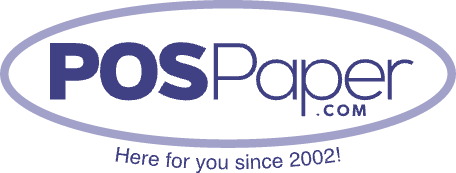
What is Engineering Plotting Paper
Engineering plotting paper is mostly used for technical illustrations, scaled designs, and precise drafting tasks. It is mostly used by engineers, architects, and drafting experts for its ability to produce clear lines and precise measurements.
This paper accommodates both manual drawing and large-format printing, ensuring accuracy is upheld throughout extended projects.
What Makes Engineering Plotting Paper Different
Engineering plotting paper uses a stable base sheet with a smooth surface. This supports sharp lines and consistent marks. The paper resists smudging, which helps you keep drawings clean during review and revisions.
The main difference between plotting paper and standard office paper is the layout design. Plotting paper includes printed patterns that guide technical work. These patterns help you align drawings and measure distances without guesswork.
Common Types of Engineering Plotting Paper

You should choose the right type for your project. Each type supports specific tasks.
Grid Paper
Grid paper has square blocks printed across the sheet. It helps with alignment and scale. Designers use it for quick sketches and detailed diagrams. The grid supports equal spacing and makes it easier to track proportions.
Graph Paper
Graph paper supports plotting data and charting results. Engineers use it during calculations and field notes. The layout helps you maintain straight lines and measure points with accuracy.
Isometric Paper
Isometric paper features a series of triangles that form a three-directional layout. This helps you draw 3D objects without special tools. It offers equal angles for each axis. This supports product design and structural work.
Blueprint Paper
Blueprint paper supports wide-format printing from engineering software. It is often used with inkjet plotters. It holds large drawings and site plans without distortion. The sheet stays flat during printing and review.
Key Benefits of Engineering Plotting Paper
Engineering plotting paper gives you structure and alignment. This helps you maintain accuracy and speed during work.
Main benefits include
- Clear printed guides for measurement
- Strong surface for fine lines
- Clean layout for technical review
- Support for hand drawing and printed output
Plotting paper helps reduce errors and saves time during long drafting tasks.
How to Choose the Right Plotting Paper
You should match the paper to your tool, task, and project length. Follow these steps when selecting your sheet.
Identify your drawing style
Use grid or graph paper for 2D layouts. Use isometric paper for 3D views.
Match the paper to your printer
Plotter printers need smooth sheets with strong fibers. Choose wide-format rolls for large engineering drawings. Small sheets work for field notes and bench work.
Check paper weight
Thicker sheets work for long-term storage. Lightweight sheets work for notes and quick sketches.
Choose the right pattern color
Light blue or gray lines help you focus on your drawing. Dark lines distract from the main layout.
Uses of Engineering Plotting Paper
Engineering plotting paper supports many tasks across different fields.
- Mechanical design
- Architectural layouts
- Electrical schematics
- Product design
- Plotter printing
- Field measurements
- Classroom training for drafting skills
Professionals depend on plotting paper when software is not enough or when printed plans are required for meetings and approvals.
Tips for Effective Use
You will get the best results when you keep your sheets flat and clean.
Follow these tips.
- Store sheets away from moisture
- Keep the surface free of dust
- Use sharp pencils or fine liners
- Avoid heavy pressure to prevent impressions
- Use a straightedge for long lines
- Label your drawings with dates and version numbers
Plotting paper supports accuracy, which helps you maintain quality throughout your project.
Why Engineers Prefer This Paper
You gain structure and precision from plotted lines. You also gain clean prints for meetings and site work. Software supports design, but plotting paper supports communication. It provides a durable surface for changes and review sessions.
